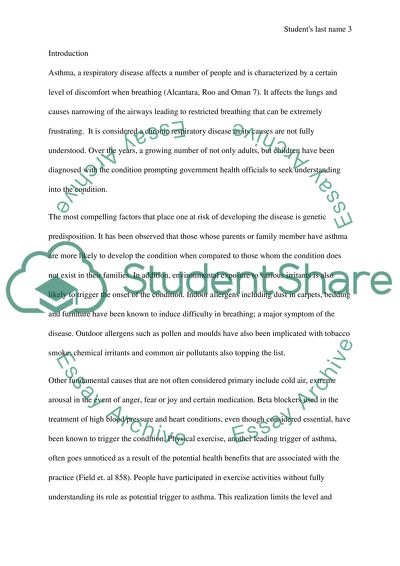Cite this document
(“Relief of asthma with chiropractic care Case Study”, n.d.)
Retrieved from https://studentshare.org/health-sciences-medicine/1461732-relief-of-asthma-with-chiropractic-care
Retrieved from https://studentshare.org/health-sciences-medicine/1461732-relief-of-asthma-with-chiropractic-care
(Relief of Asthma With Chiropractic Care Case Study)
https://studentshare.org/health-sciences-medicine/1461732-relief-of-asthma-with-chiropractic-care.
https://studentshare.org/health-sciences-medicine/1461732-relief-of-asthma-with-chiropractic-care.
“Relief of Asthma With Chiropractic Care Case Study”, n.d. https://studentshare.org/health-sciences-medicine/1461732-relief-of-asthma-with-chiropractic-care.


